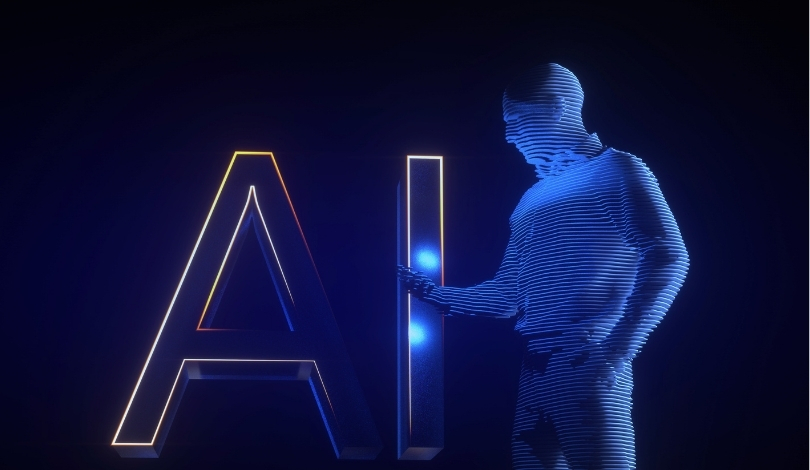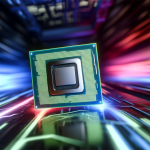The race to develop artificial general intelligence (AGI) has intensified competition among leading technology companies, with OpenAI, Google, Anthropic, and xAI vying for dominance. As these companies accelerate innovation, concerns about the balance between rapid development and AI safety have surfaced. Employees, both current and former, present a nuanced view of an industry pressured by technological goals and ethical considerations. As teams double and triple in size overnight, responsibility for ensuring transparency and safety is increasingly contested. Companies have strived to outpace each other, sometimes leading to compromises in sharing safety findings with the public. The need to reconcile speed with comprehensive safety assessments is becoming more critical as AI becomes more integrated into society.
Earlier reports highlighted similar concerns about the lack of published safety research and limited transparency among AI developers. However, previous news coverage often depicted the rivalry as a conflict primarily between companies, whereas the current discussion reveals deeper, structural challenges that transcend individual teams or corporate competition. Notably, other sources have raised the issue of industry-wide secrecy, but the emphasis on rapid personnel growth and its impacts on safety protocols has gained prominence more recently.
How Did the AI Safety Dispute Begin?
The recent debate began when Boaz Barak of OpenAI criticized the launch of xAI’s Grok model, citing the lack of a public system card and transparent safety evaluation. This critique points to industry expectations for transparency, particularly regarding new AI products. Barak’s warning reflects a broader shift in expectations, as some experts argue for more openness in communicating how these AI models are assessed for risk prior to public rollout.
What Challenges Do AI Teams Face Internally?
Calvin French-Owen, a former OpenAI engineer, noted significant internal efforts to address safety, covering issues like hate speech and misuse. Despite this focus, he observed that much of this work remains unpublished, signaling a hesitance to share ongoing safety practices. According to French-Owen, rapid organizational growth—OpenAI’s workforce reportedly tripled in one year—introduced “controlled chaos” and pressure to quickly ship products, sometimes at the expense of thorough safety documentation.
“Most of the work which is done isn’t published,” French-Owen commented, suggesting room for improvement in public communication of safety initiatives.
Can Companies Balance Speed and Caution?
Pressure to lead the AGI race against competitors like Google and Anthropic fosters a culture oriented toward fast-paced achievement. Projects such as OpenAI’s Codex, built within weeks by a small team working long hours, exemplify this rapid development mindset. The urgency to launch new products often supersedes deliberative safety checks, complicating the ability to prioritize transparent safety work without impeding competitive progress. Metrics that measure performance and speed are more tangible to leadership than benefits of unseen accident prevention.
Navigating the intersection of AI speed and safety requires an industry-wide shift in perspective. Collective action could help redefine product launch standards, making safety documentation an expected component rather than an optional add-on. Collaboration between firms, including shared safety benchmarks and publication norms, could ensure that rigorous safety does not incur competitive penalties. Encouraging responsibility across all engineering staff, bolstered by structural standards, may reinforce a culture where neither ambition nor caution is sacrificed. Readers seeking to understand this topic should recognize that the speed-versus-safety debate is less about isolated incidents and more about addressing systemic tensions that affect how major AI developments proceed. Careful attention to safety, transparent communication, and industry cooperation will be crucial for the responsible realization of AGI and related technologies.










